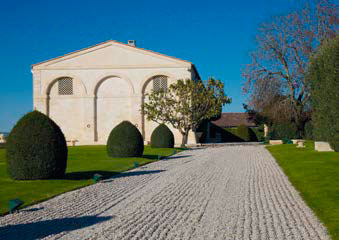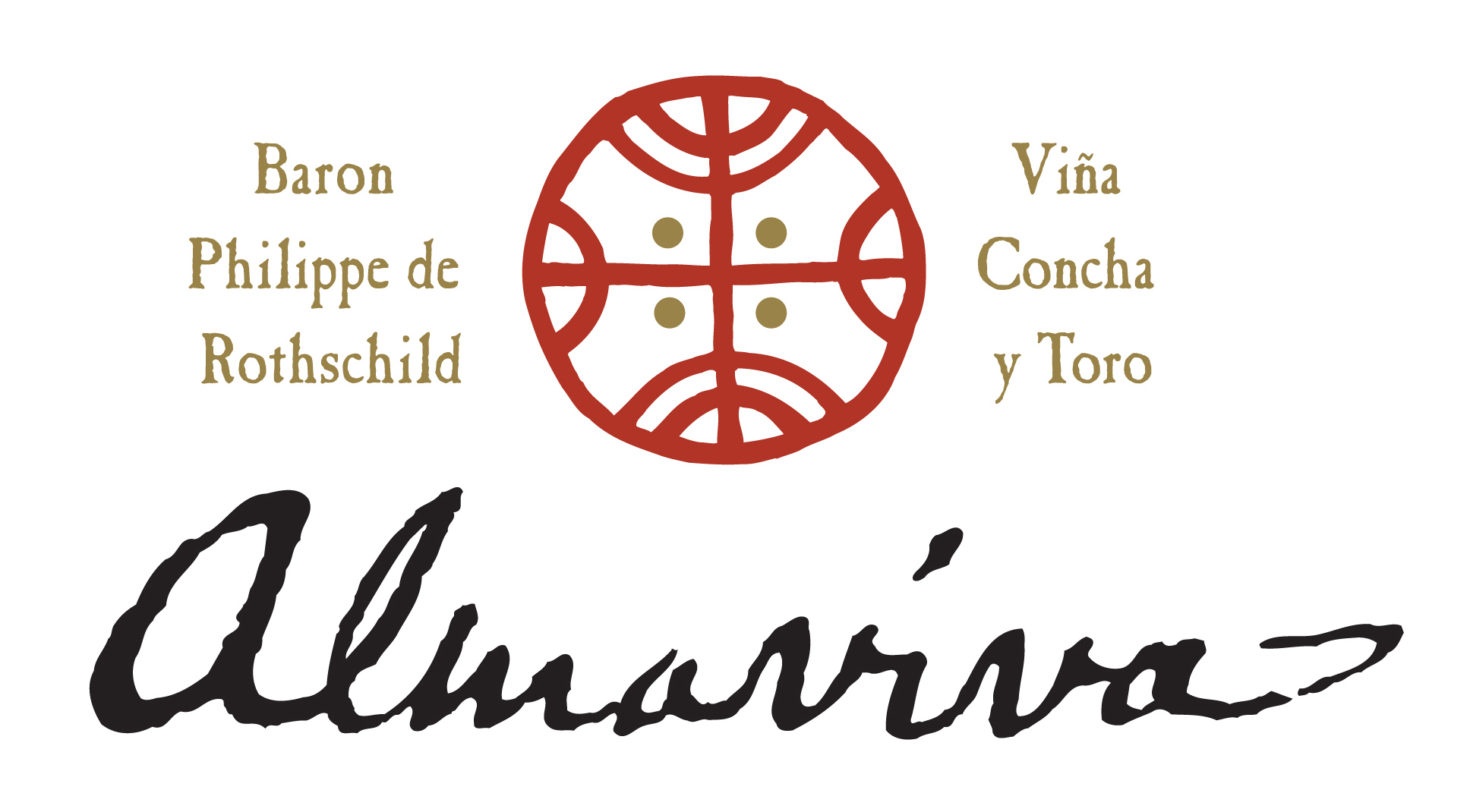
Alma Viva
Some of the greatest wines of the 20th century came out of collaborations between the great wine families of the world. And in 1997, another one was born.
In the late 1990s, Baroness Philippine de Rothschild of Château Mouton Rothschild met with Eduardo Guilisasti Tagle of Chile’s powerhouse Concha y Toro. Their purpose was create a Grand Cru Classé equivalent, using a Chateau concept wine, backed by a team that was focused on just one wine. The wine would come from great terroir, and be produced in a winery solely built for this purpose.
The Baroness was seeking to follow in her father’s footsteps; in 1979, Baron Philippe collaborated with Napa Valley’s Robert Mondavi, looking to create one of the best wines in the world. But the baron died before he could see the project come to fruition, so it was Baroness Philippine who stepped in to work with Mondavi. The result was Opus One, which became one of Napa Valley’s defining wines.
With the resources of Château Mouton Rothschild behind her, Baroness Philippine knew that all she needed to create a great wine was the right terroir – and the right partner.
Enter Eduardo Guilisasti Tagle.
ALMAVIVA IS BORN
Concha y Toro was founded in 1883 in Chile by Don Melchor de Santiago Concha y Toro and his wife, Emiliana Subercaseaux, who planted their first vineyard with vines brought from Bordeaux. Over the next century, Concha y Toro became one of the greatest producers in the southern hemisphere, putting time and effort into exploring Chile’s soils and terroir.
So when Guilisasti – chairman of the board since 1957 – discussed the project with the Baroness, he knew exactly where the new wine should be born: a 60-ha plot in Chile’s Puente Alto in the Maipo Valley, in a great soil with a perfect Mediterranean climate. At harvest, these vines giving grudgingly low yields – but the fruit they bear is concentrated and powerful.
A team from Mouton Rothschild moved in to produce this fine wine, which was named Almaviva, after the main character in The Marriage of Figaro, the famous French play by Beaumarchais.
The partners decided to make Almaviva a blend, using around around two-thirds Cabernet Sauvignon, with the rest being Carmenere and other classic Bordeaux varieties such as Cabernet Franc and Petit Verdot. In 1998, they released their first wine, the Almaviva 1996. It created an immediate surge of interest that has never waned; the Washington Post has called it “one of the world’s top Cabernets”; Robert Parker once said “one of the great wines I tasted in Bordeaux came from Chile” and Decanter gave it five stars and called it “subtle and restrained”.
COMING TO MATURITY
In a 2008 article, Wine Spectator noted that Vina Almaviva was not only a well-appointed winery, but offered one of the top spots in Chile for producing Cabernet Sauvignon- based reds.
Chief winemaker Michel Friou has also remarked publicly that one of the things that surprised him when he began working at Almaviva in 2007, was how well the wines age.
Andres Ballesteros, Almaviva’s commercial director for Asia Pacific agrees. He says the winery recently ran a tasting in Asia, where the gathered wine lovers couldn’t believe how fresh and vital the wines were. “Almaviva was created as a great wine, hence it has a magnificent capacity to age,” he says.
From a positioning perspective, Ballesteros underlines that Almaviva is a luxury wine, that’s appreciated by fine wine connoisseurs. That means the wine offers an opportunity across major fine wine markets. While Chilean wines are often found in the easy drinking category – except in Asia – consumers of fine wine understand that Almaviva is a Chateau concept wine, made in the same way as wines from the first growth chateaux and which therefore it belongs to a different, world class category.
As Friou once said in a Drinks Business interview: “I take a Bordeaux approach to winemaking, focusing the majority of my attention on the grand vin.”
The results speak for themselves – just as Baroness Philippine de Rothschild wished.



